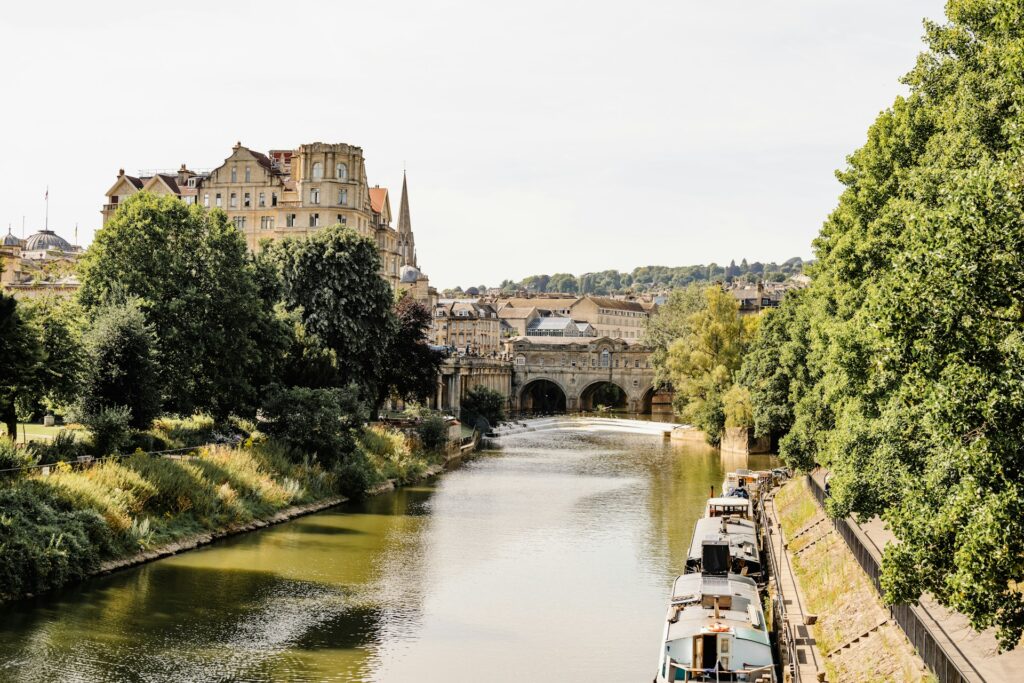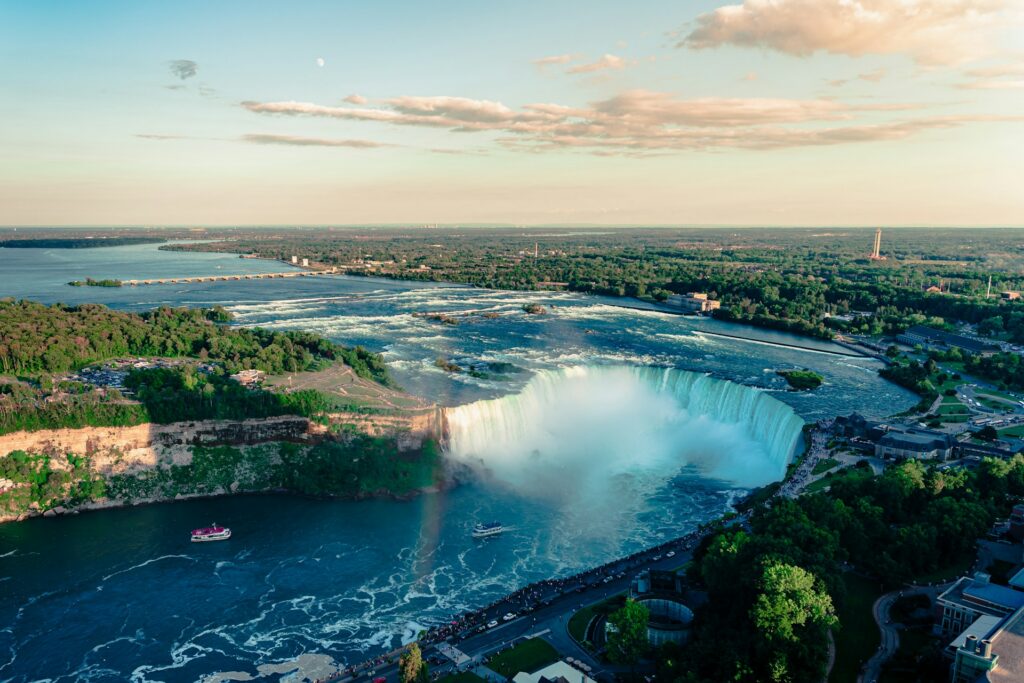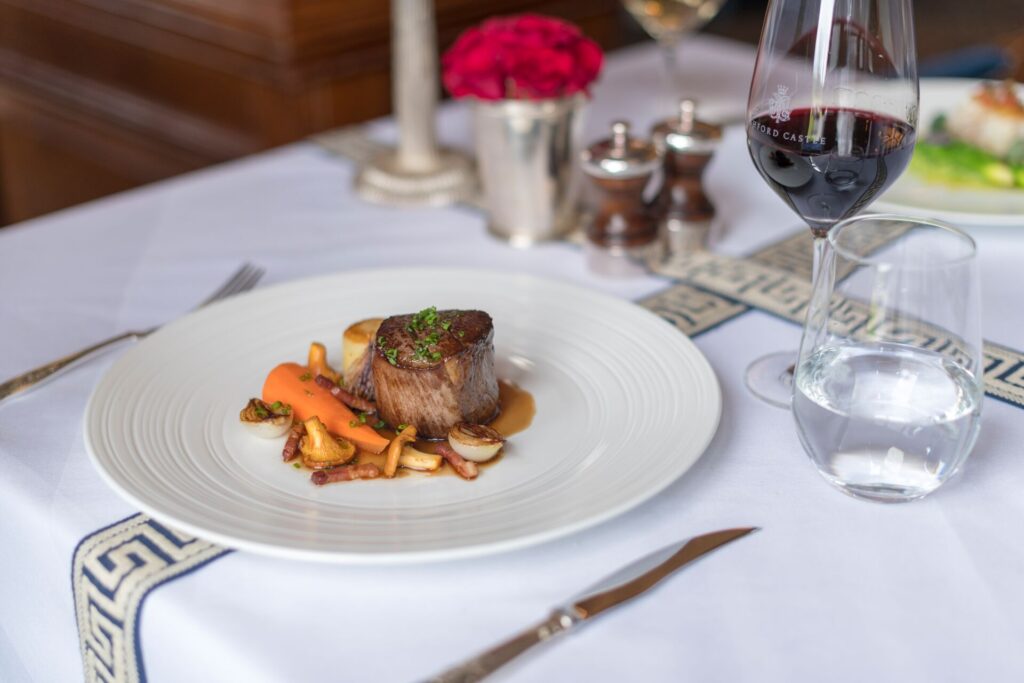When it comes to women that changed the world, Britain’s female suffrage campaigners are among the most prolific. Without their brave actions – which often came with an immense risk – British women may never have gained the ability to vote, leaving power over female lives and livelihoods in the hands of male politicians deemed capable solely by other men. Discover Britain’s long, difficult road to the female vote with our women’s rights timeline.
Made for you: Discover our collection of small-group Women-Only Tours
First mass petition to Parliament, June 1866
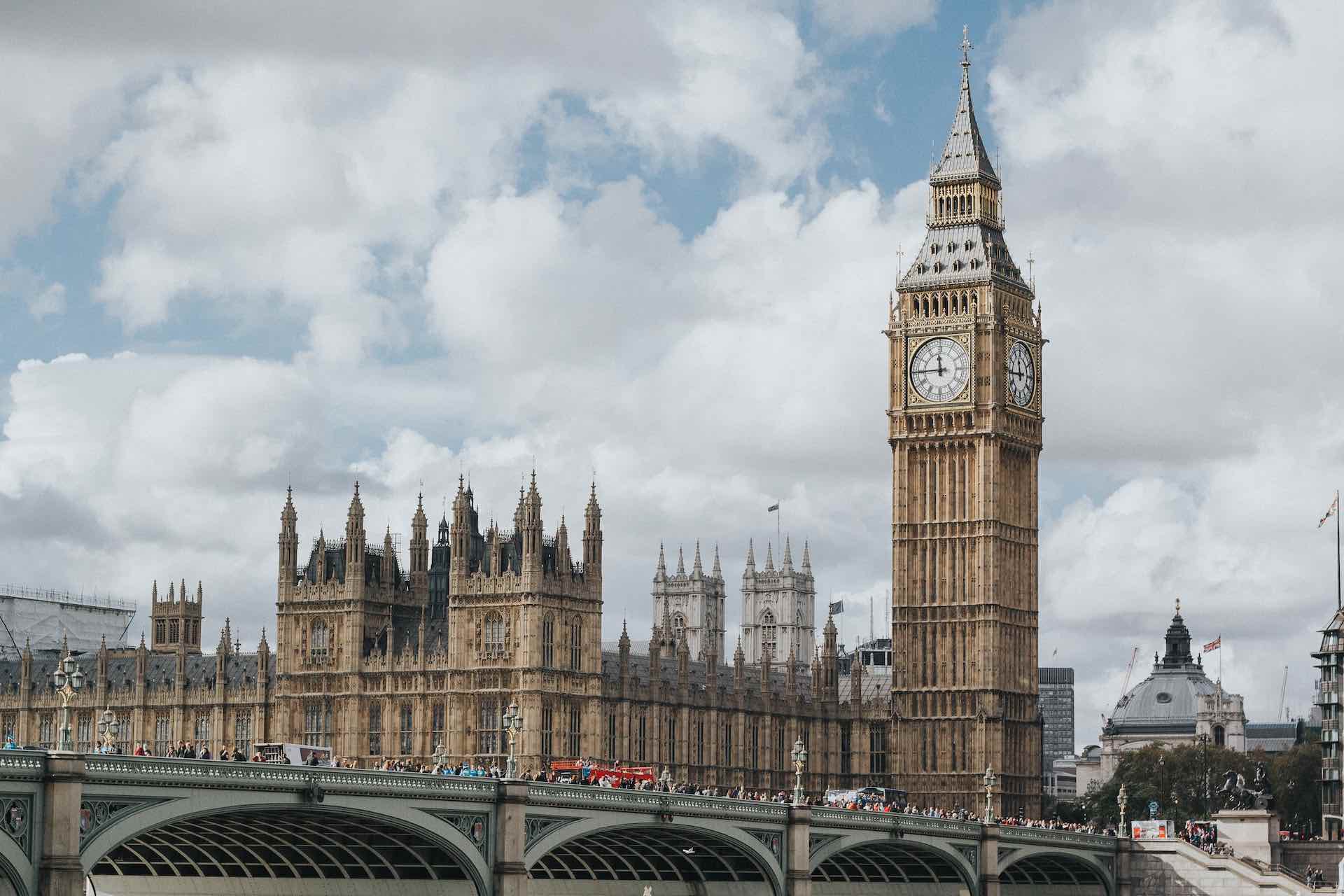
Although petitions in favor of women’s suffrage had been trickling into London’s Houses of Parliament since 1832 (when women were deliberately and officially excluded from the voting population), the first petition to gain any real traction was in 1866.
On 7 June 1866, the influential Liberal MP John Stuart Mill presented a petition of 1,500 signatures calling for women’s suffrage to Parliament. However, less than a year later, his proposed amendment to a bill – which would have granted suffrage to female property holders – was defeated in May 1867.
Further reading: Meet These Amazing Female Entrepreneurs on Our Women-Only Tour of Venice and Croatia
National Union of Women’s Suffrage Societies formed, October 1897
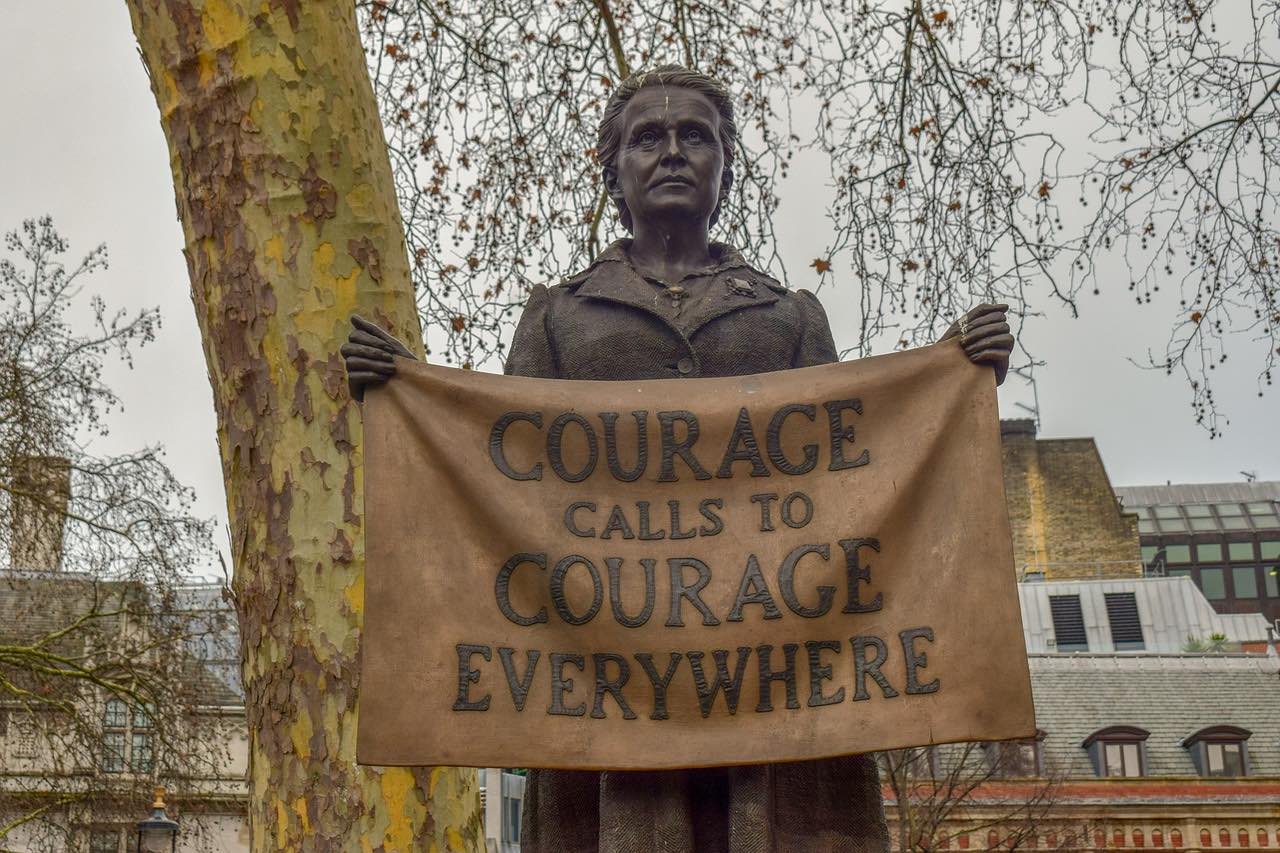
After John Stuart Mill’s amendment was dashed, the first female-led organizations for women’s suffrage formed in Manchester and London. In October 1897, many of these local groups met and came together to form the National Union of Women’s Suffrage Societies (commonly known as the ‘suffragists’).
The NUWSS was a milestone in women’s history. In its early years, it was led by Millicent Fawcett, under whose leadership the organization utilized techniques such as petitions and public speeches to muster support. By 1903, the organization had 16 affiliate members.
Women’s Social and Political Union formed, October 1903
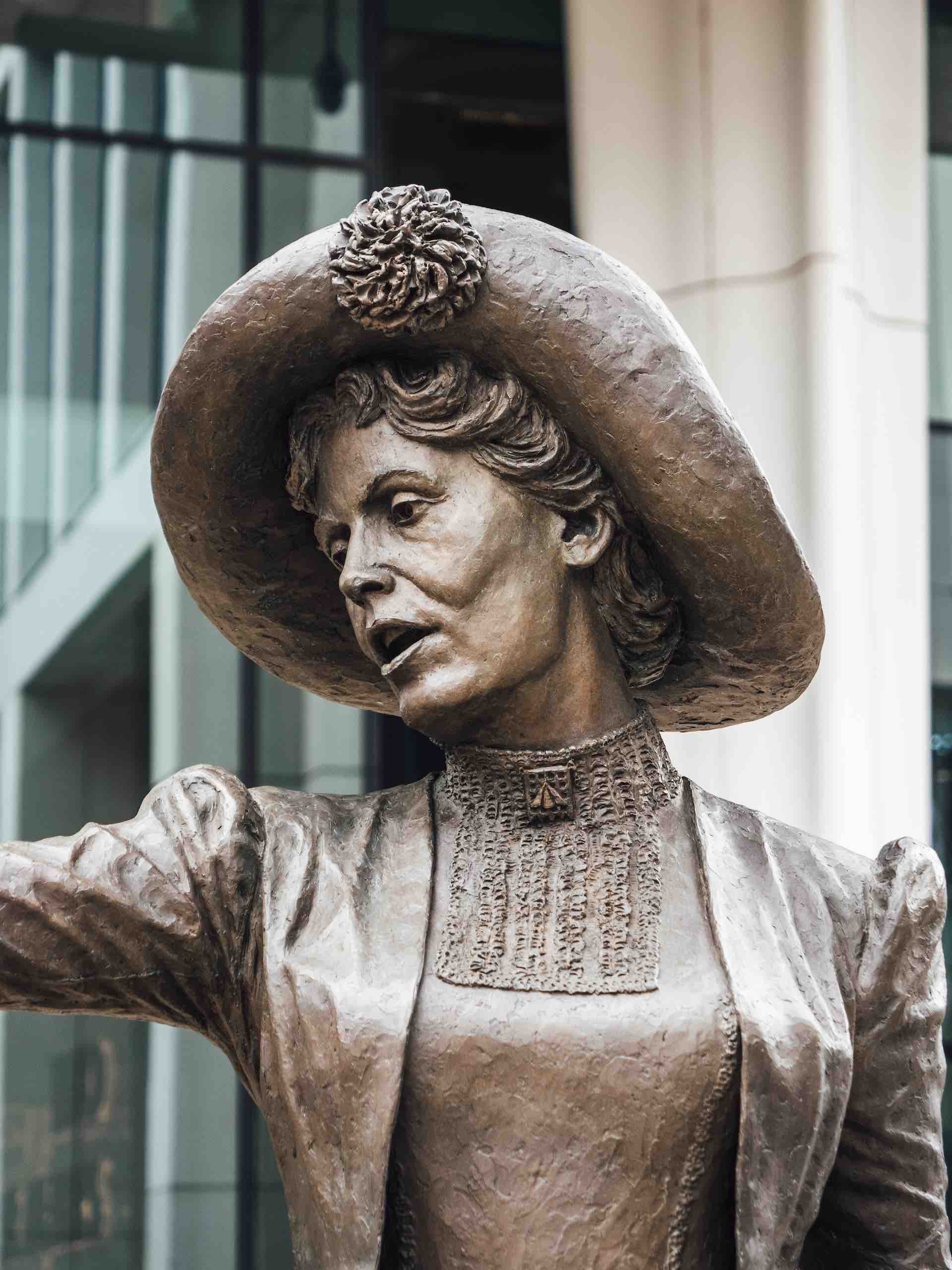
Meanwhile in Manchester, Emmeline Pankhurst and her daughters Christabel, Sylvia and Adela – some of the most well-known women that changed the world – co-founded the Women’s Social and Political Union.
Impatient with the passive techniques of the suffragists, in 1905 the WSPU adopted the motto ‘Deeds not Words’, aiming to win women’s suffrage using more militant tactics – from demonstrations and marches to interrupting political meetings. In 1906, the Daily Mail newspaper derogatorily called them the ‘suffragettes’, but the WSPU owned the term.
We think you’ll like: How the Women’s World Cup 2023 Made History
Black Friday, November 1910
By November 1910, the British government was seriously debating granting some women the vote via the so-called ‘Conciliation Bill’. Some activists, including the Indian/Ethiopian/British princess and suffragette Sophia Duleep Singh, had refused to pay their taxes, bringing the issue to the fore. The right to vote would only extend to female property owners with assets over a certain value, but it would have enfranchised around a million women.
The bill was supported by both the suffragettes and the suffragists, but was thwarted when party politics got in the way. When news of the Conciliation Bill’s failure reached the WSPU, an impromptu march on Parliament by 300 of its members was staged. However, the protesters were met with police brutality and mob violence. The event became known as ‘Black Friday’, one of the darkest days in the history of women’s rights in the UK. The trauma of Black Friday split the suffragette movement: some were frightened by the violence they’d experienced and went underground, while others were only spurred on.
‘Cat and Mouse’ Act, April 1913
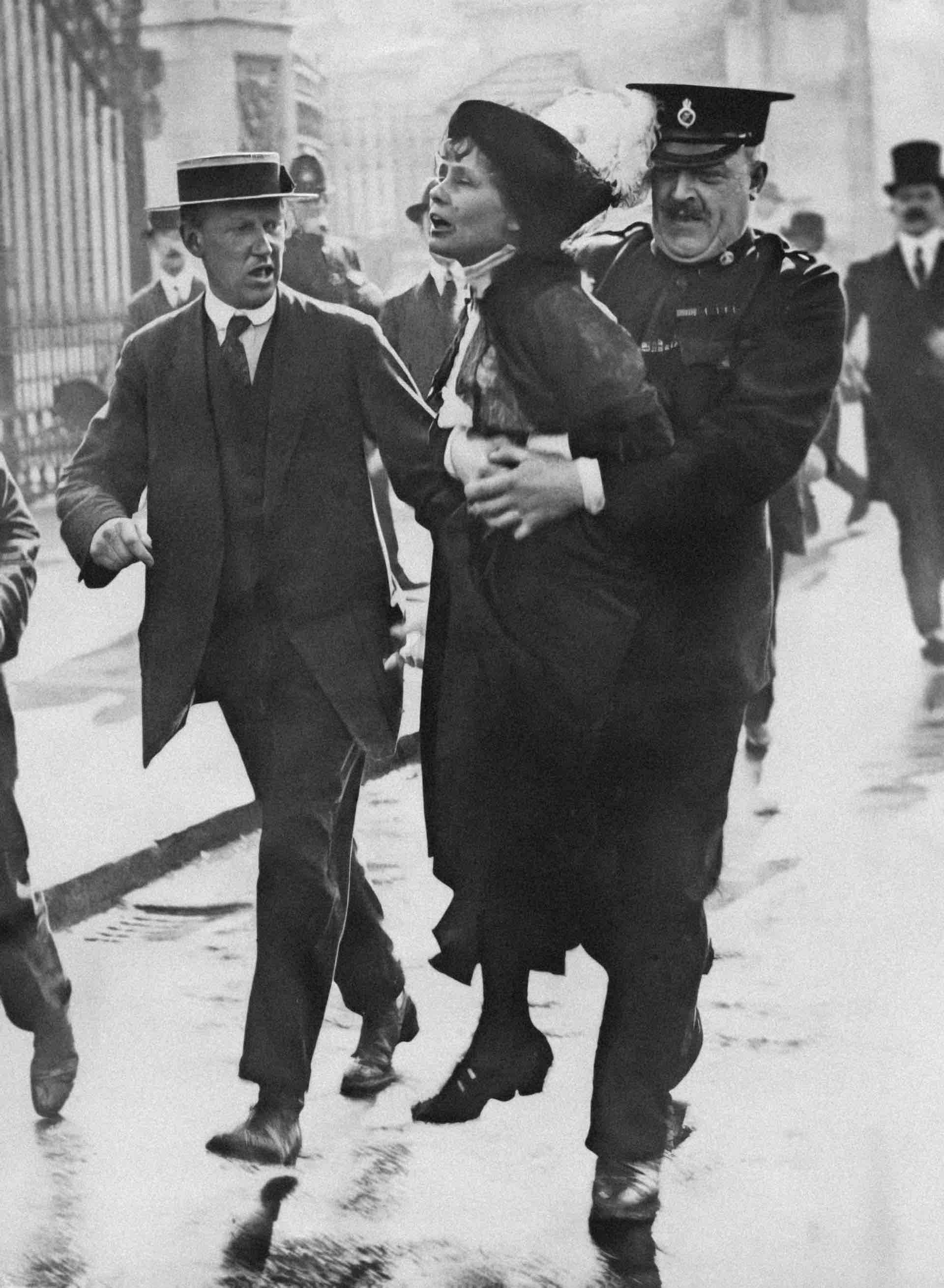
Some suffragettes who were arrested and imprisoned – including Emmeline Pankhurst – went on hunger strike, inspired by the campaigner Marion Wallace Dunlop, who had refused all food during her imprisonment in 1909 as a way to call attention to the cause from inside prison walls.
However, prison authorities started force-feeding suffragettes. This was controversial and risked attracting sympathy to the female suffrage movement, so in April 1913 the British government passed a law nicknamed the ‘Cat and Mouse Act’. In it, hunger-striking prisoners could be released to regain their health, with the caveat that they could be re-arrested at any time. Many suffragettes used their temporary freedom to taunt the authorities.
Death of Emily Wilding Davison, June 1913
Representation of the People Act, June 1918
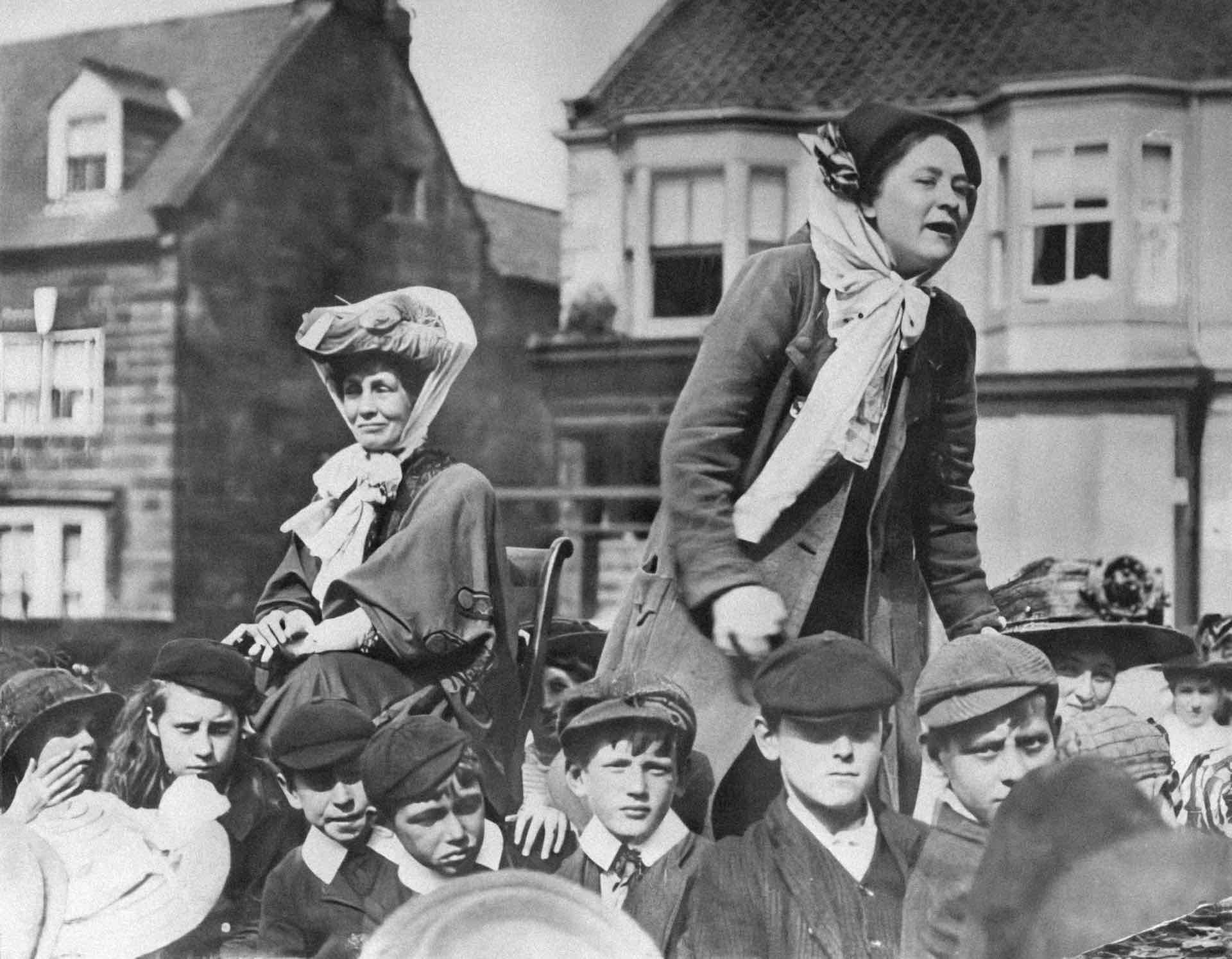
World War One meant that women’s suffrage campaigns temporarily stalled while women pushed all their energy into the war effort. Afterwards, there was far greater support among politicians to grant women the vote, in recognition of their hard work. Many men who had returned from the frontlines were also not entitled to vote.
The Representation of the People Act was passed in 1918. It allowed all men over 21 to vote, as well as women over the age of 30 who owned property. It was a step in the right direction, but full equality was still a decade away.
Women elected as MPs
In November 1918, enfranchised women were also permitted to stand as MPs, preceding a national election the following month. Constance Markiewicz was the first female MP to be elected to Parliament, but as she was a member of the Irish Republican party Sinn Féin (who refused to participate in British government activities on principle), she refused to take her seat.
The first female MP to actually sit in Parliament was Nancy Astor, who took her seat in a November 1919 by-election for what is now the Conservative Party.
Save for later: Maya Sherpa: The Woman Who Climbed to the Top of the World
Equal Franchise Act, 1928
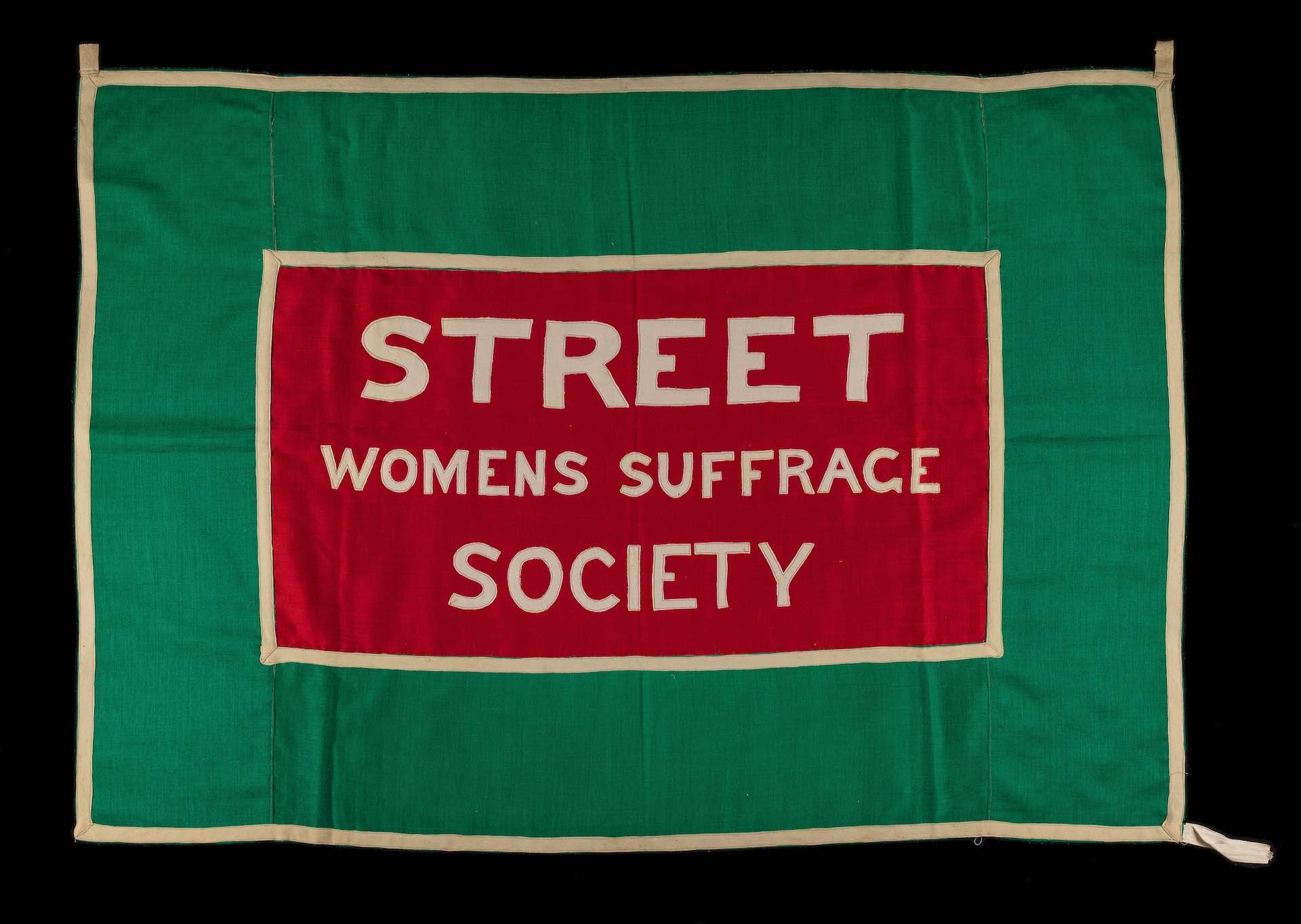
Finally, in 1928, the Equal Franchise Act enabled women to vote on a fully equal basis with men. All British citizens could vote, regardless of property ownership, so long as they were over the age of 21,. The suffrage movement in the UK was at an end, but the fight was only just beginning in many other places around the world: the suffragettes and suffragists influenced women’s voting movements in the USA, India and many more countries. Women’s history is always evolving, and the spirit of the suffragettes continues to inspire movements to win and preserve women’s rights all over the world.
How Insight supports incredible female-led initiatives around the globe


